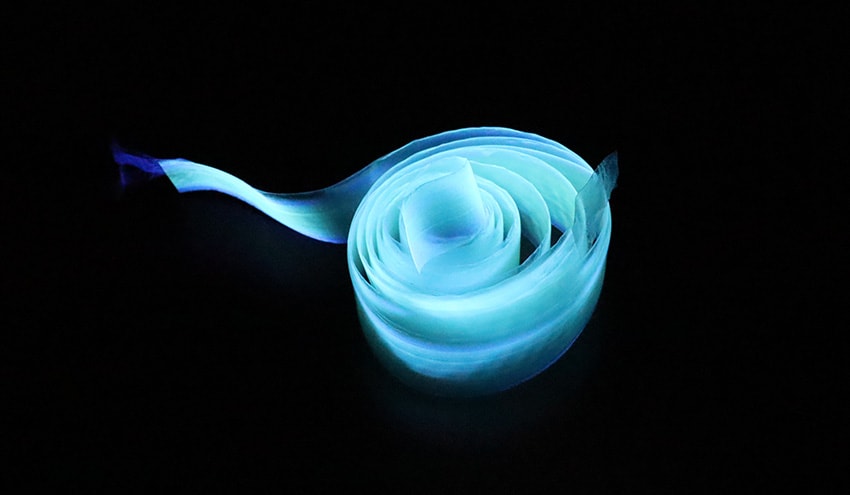New decontamination treatments and identification processes based on markers that are activated under ultraviolet light, applied by the Technological Institute of Packaging, Transport and Logistics (Itene), will allow to improve the recycling of plastic containers and thus contribute to the fulfillment of the objectives of recycling and reintroduction of recycled materials in a circular economy scheme.
Through the Plasdecor project, supported by the Valencian Institute of Business Competitiveness (Ivace), the Itene technology center has tackled some of the main challenges faced by plastic managers and recyclers, such as the identification and classification of materials for their subsequent recycling, as well as ensuring their correct decontamination to be able to reuse them in high value applications, and especially those destined to the packaging field and even to food contact packaging.
All this is essential to achieve an increase in the recycling rate of plastic packaging waste, by 42% at the European level in 2017 according to Eurostat data, thus complying with the objectives established in the European Directive 2018/852 on packaging and packaging waste, which sets a plastic packaging recycling rate of 55% by 2030. Along with this, also in 2030, the demand for recycled plastic in Europe should have quadrupled compared to 2015, according to the European strategy of 2018 plastics.
The results of this project were recently presented in a technology transfer session, available on YouTube, in which representatives of the companies Acteco and Interval participated, who analyzed the opportunities that these developments can offer to the industry.
On the one hand, Itene has studied alternatives for the identification of packaging waste based on the introduction into packaging of markers that are not detectable with the naked eye but which are activated under the action of ultraviolet (UV) light. These markers, compatible with infrared technology (NIR), make it possible to identify and classify different plastics based on their origin and nature.
For this, certain conventional and naturally occurring compounds (biobased) that have been used with different concentration levels have been used. Furthermore, these compounds have been applied as coatings or even directly on both virgin and recycled polymer matrix. And, finally, this application has been carried out on various materials, both conventional and compostable, and different types of packaging formats (film and trays).
This technological development has made it possible to adapt the use of markers according to the specific needs according to the material of the container, application and real environment. This result will enable the identification and separation of containers to achieve cleaner waste streams by eliminating unwanted materials. In addition, it will allow the generation of ad-hoc recycling circuits ensuring the traceability and availability of high quality raw materials.
On the other hand, in order to guarantee the food safety of recycled materials, recycling processes must include the critical step of decontamination. Today, materials such as recycled PET (r-PET) are already commonly used as raw material for packaging. However, the European Union is promoting the recycling of other materials such as polyolefins – such as polyethylene (PE) and polypropylene (PP) -, which are more difficult to decontaminate due to a greater migration of contaminants from external sources to the internal layers of the polymeric material.
In this case, Itene has developed a post-consumer polyolefin decontamination process. For this, the contaminants present in polyolefin waste have been identified and characterized, a controlled contamination process has been carried out in which five standard contaminants have been used, and various material decontamination processes have been carried out with four different treatments.
With this, the degree of contamination achieved with each of the five pollutants has been identified, concentrations that constitute the reference point to define the efficiency of the decontamination processes. Furthermore, when applying the decontamination process to two different polyolefin samples using the same four processes, it has been observed that more than 90% of the contaminants evaluated have been eliminated.

